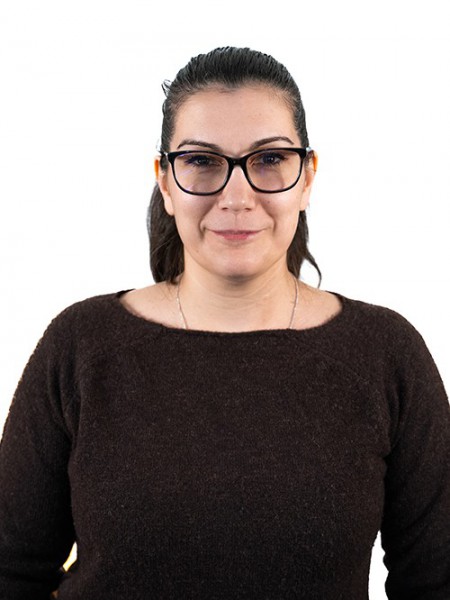resumo
Chitosan microspheres containing bromocresol green, cresol red, and phenolphthalein for corrosion detection, through pH change, are synthesized in order to be used in protective coatings for aluminium alloys. Microspheres containing corrosion detection species are characterized morphologically (SEM) and physico-chemically (FTIR, TGA). Release studies (UV-vis) are performed in corrosion-promoting conditions (pH, NaCl), and detection studies by immersion in media associated with corrosion activity while microspheres' sensing activity is evaluated visually. Electrochemical characterization of AA2024 substrates in the presence of chitosan spheres is performed to understand material performance, and a color change is observed as a result of local pH increase in cathodic areas when corrosion takes place. These findings can be correlated with the results from release studies and seem a promising approach for corrosion sensing purposes, not only because pH increase is possible to detect due to corrosion, but also because chitosan is considered an environmentally friendly material.
palavras-chave
CONTROLLED-RELEASE; DRUG-RELEASE; ENCAPSULATION; PROTECTION; COATINGS; MECHANISM
categoria
Materials Science; Polymer Science
autores
Sousa, I; Quevedo, MC; Sushkova, A; Ferreira, MGS; Tedim, J
nossos autores
Projectos
agradecimentos
This work was financed by Portugal 2020 through the European Regional Development Fund (ERDF) in the frame of Operational Competitiveness and Internationalization Programme (POCI), in the scope of the project MAGICOAT POCI-01-0145-FEDER-016597/PTDC/CTM-BIO/2170/2014 and in the scope of the project CICECO-Aveiro Institute of Materials, POCI-01-0145-FEDER-007679 (FCT Ref. UID/CTM/50011/2013), and co-financed by national funds through the FCT/MEC. M.C. Quevedo thanks SmarBioR project (CENTRO-01-0145-FEDER-000018) for a post-doc fellowship. Additionally, this work has received funding from the European Union's Horizon 2020 research and the innovation programme under the Marie Sklodowska-Curie grant agreement No. d645662.





